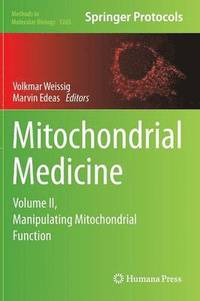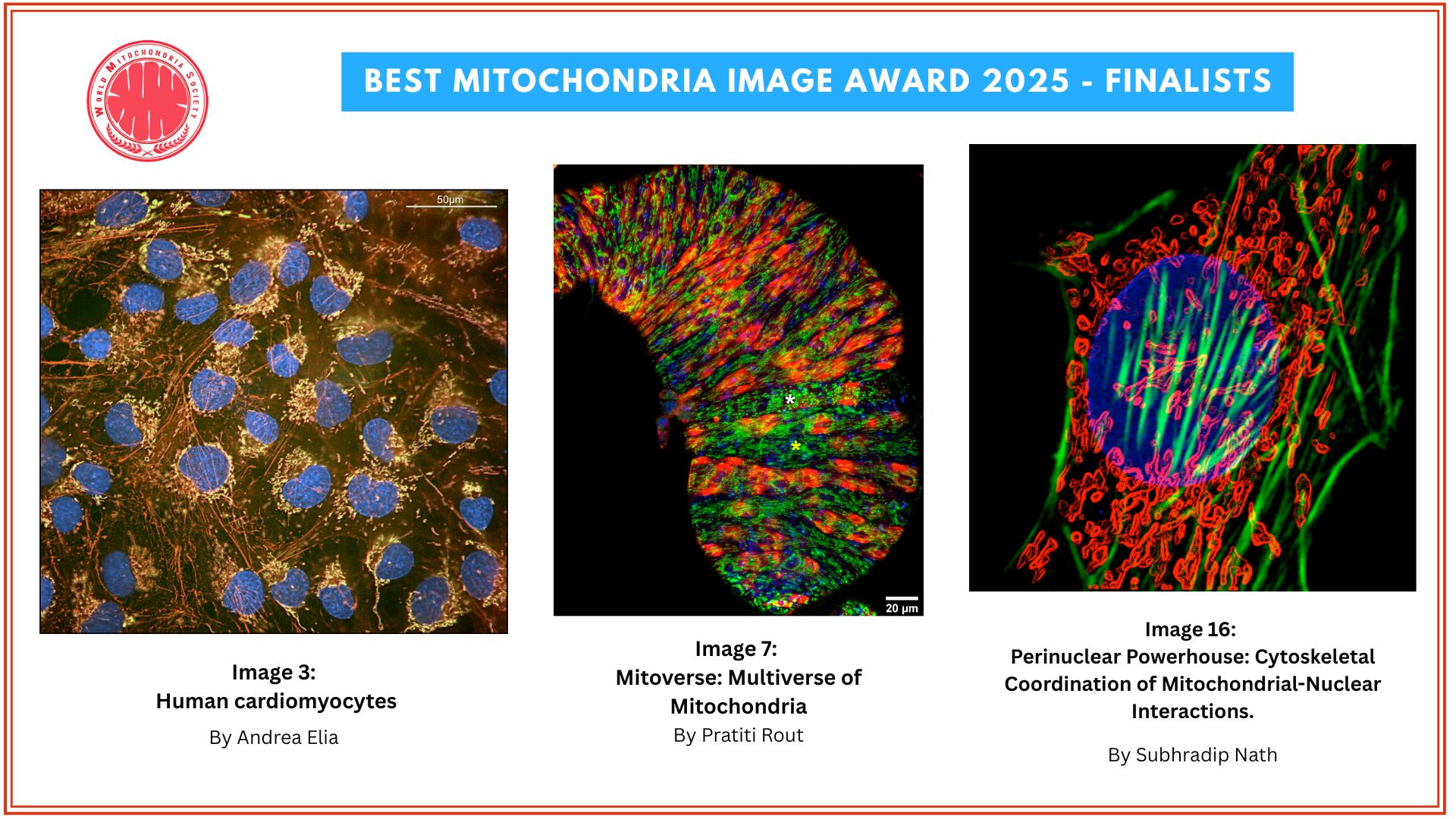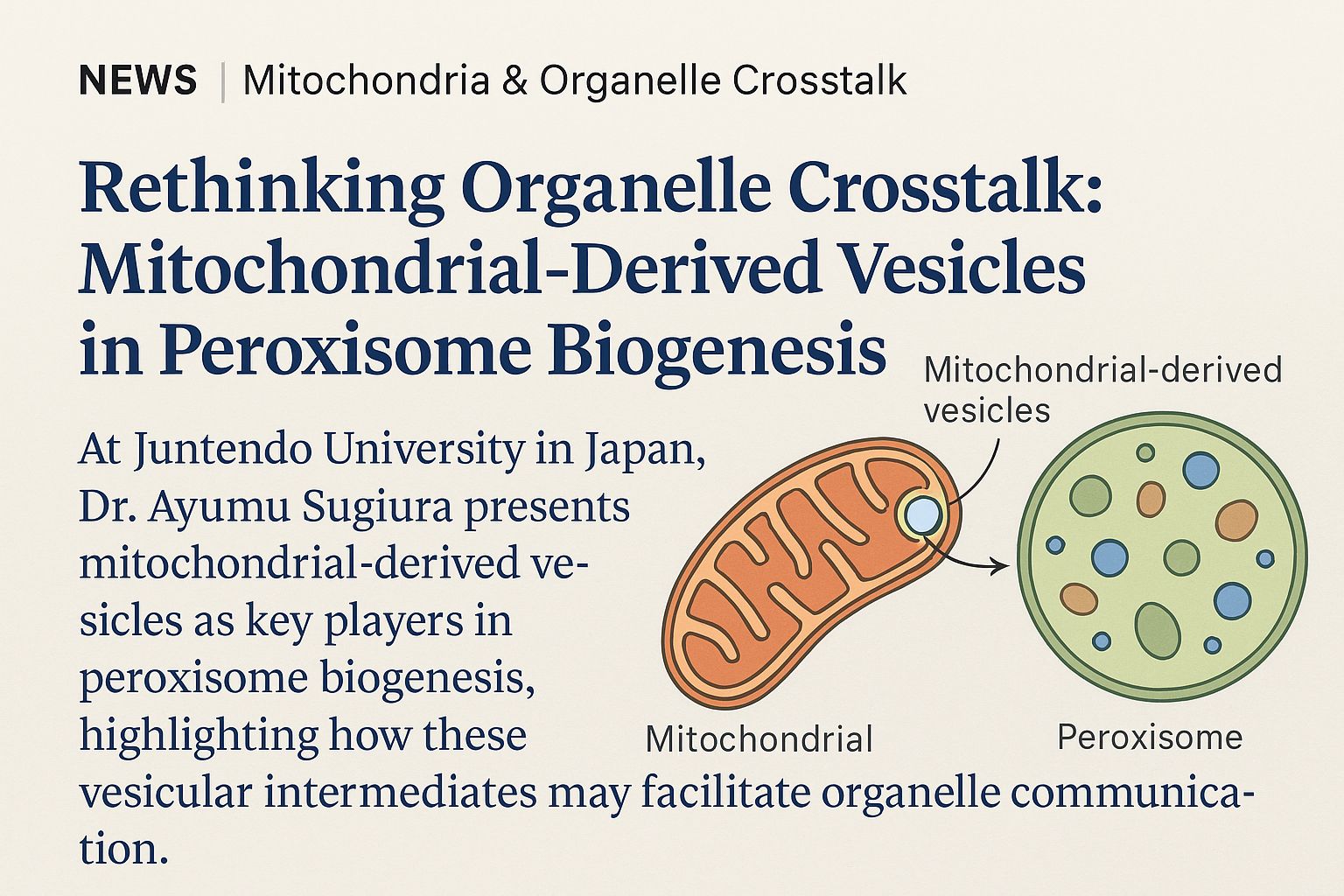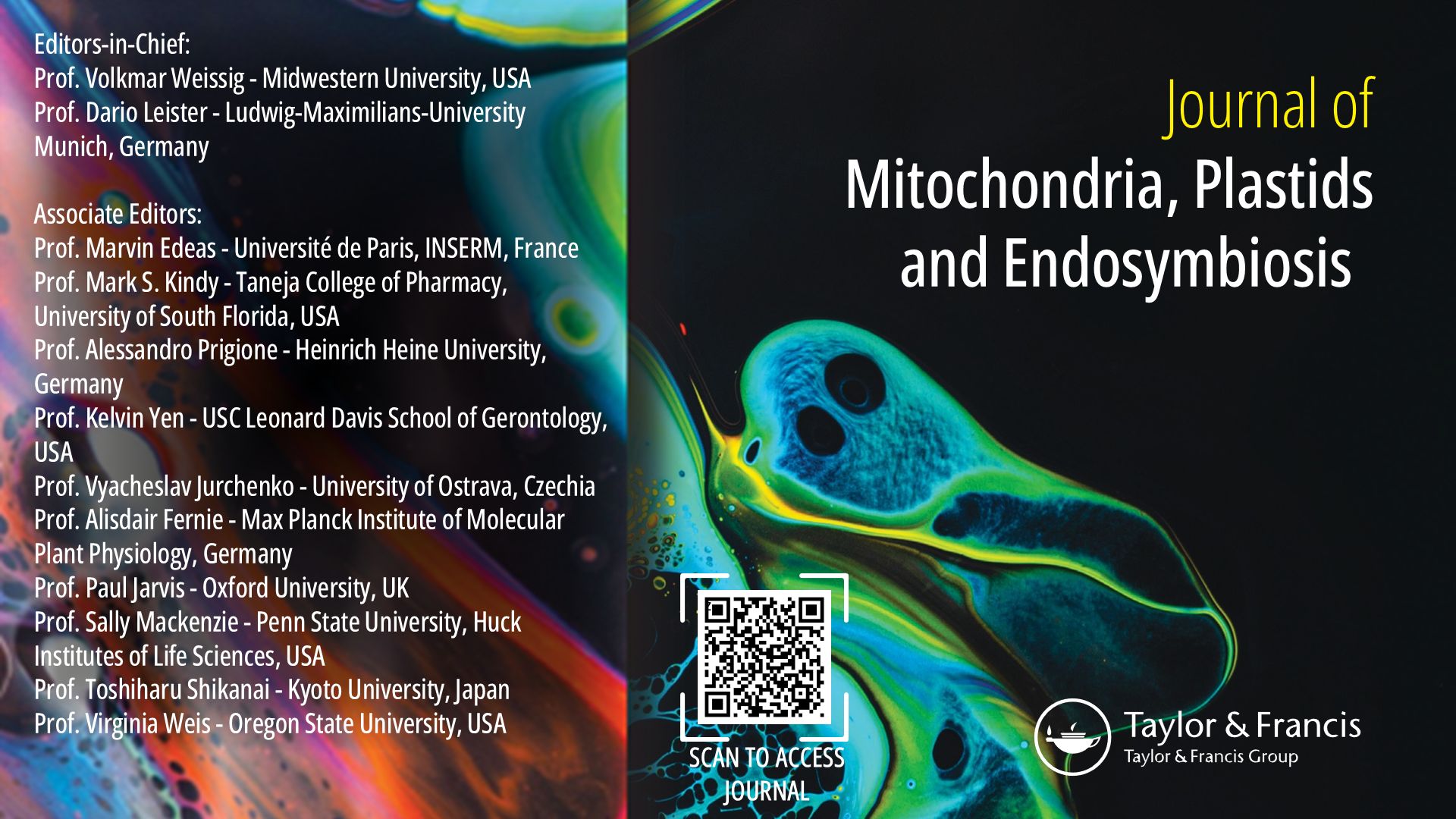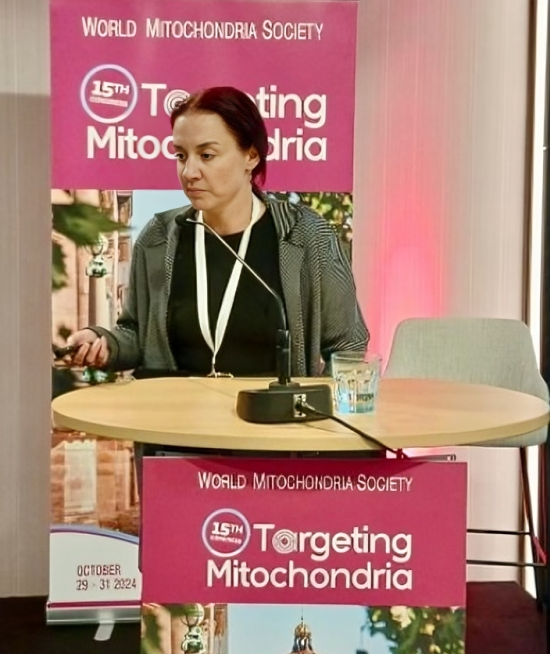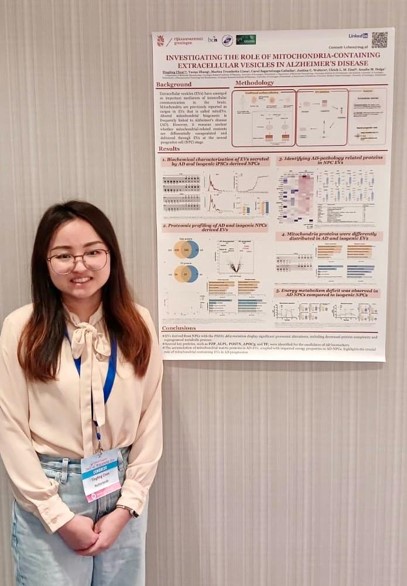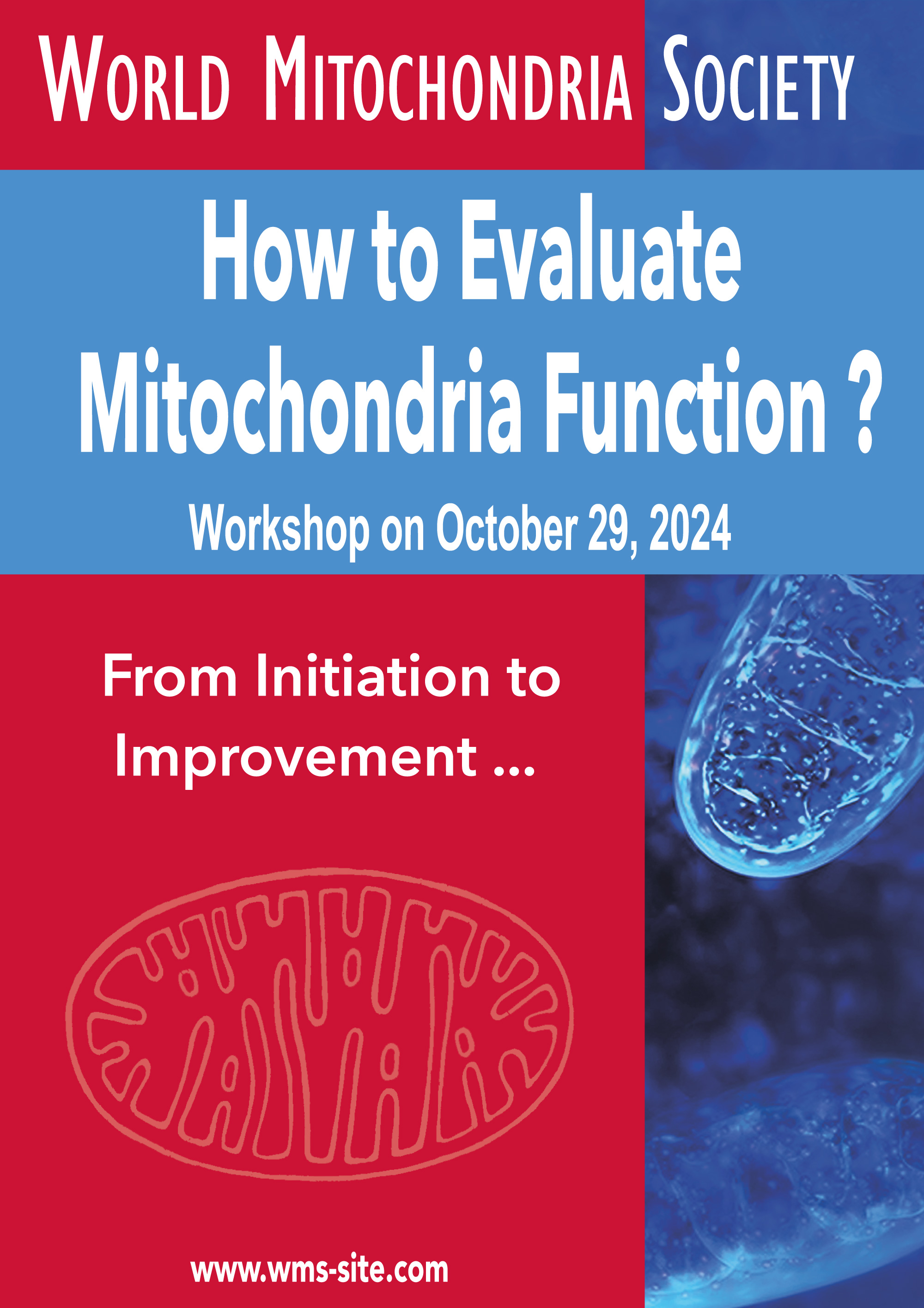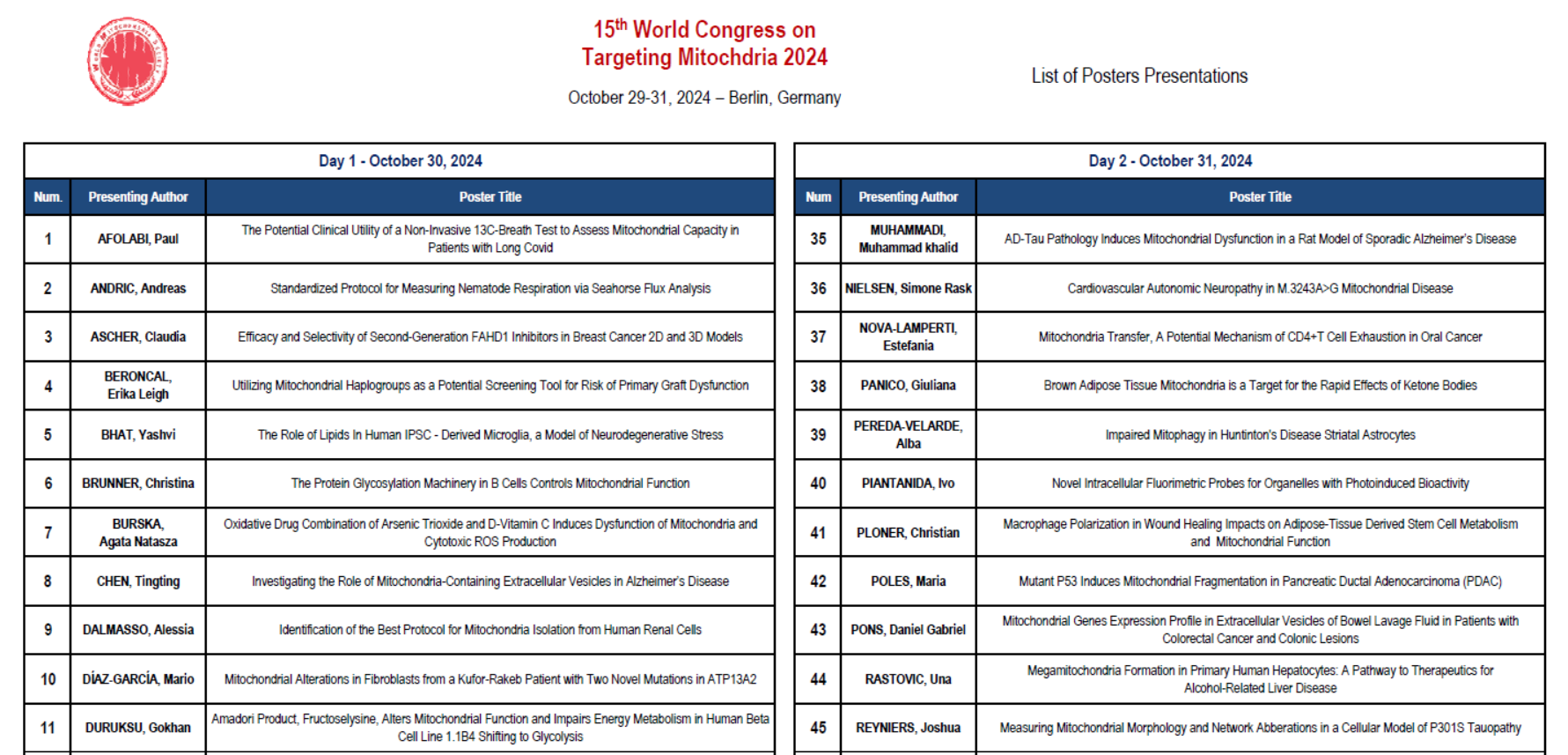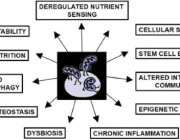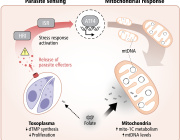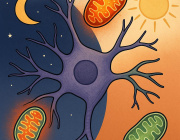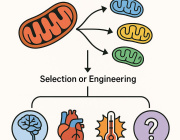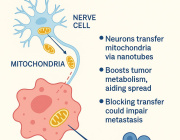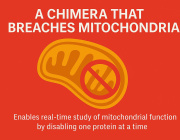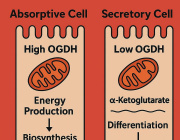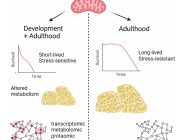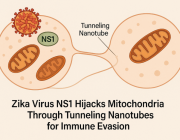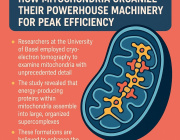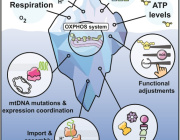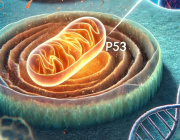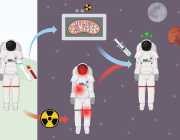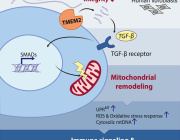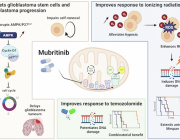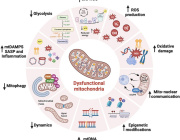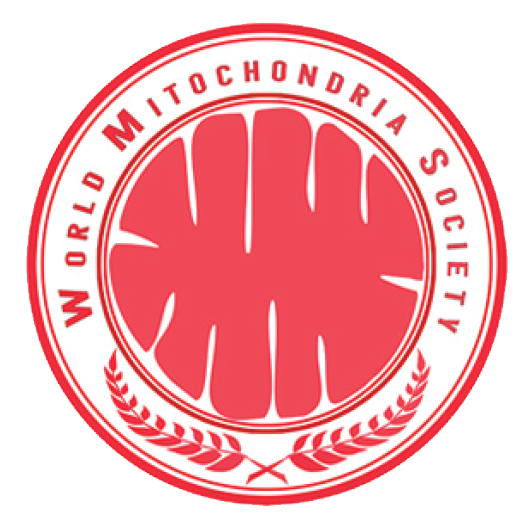Exploring Mitochondrial Oscillation and Resonance: Impact on ATP Production and Distribution in Health and Diseases
What do we mean by Mitochondrial oscillations and resonance?
Mitochondrial oscillations and resonance could indeed have significant implications for ATP production and distribution. As the primary "powerhouses" of the cell, mitochondria are responsible for the bulk of ATP production through the process of oxidative phosphorylation. The efficiency of this process is intimately linked to the mitochondrial membrane potential, which undergoes periodic oscillations.
These oscillations can influence the rate of ATP production in a couple of ways. When the membrane potential is high, the mitochondria are in an energy-conserving state, and ATP production is typically efficient. Conversely, when the membrane potential is low, the mitochondria are in an energy-dissipating state, and ATP production may be less efficient.
In terms of ATP distribution, mitochondria are known to form dynamic networks within cells, allowing for the efficient transfer of ATP and other metabolites to where they are most needed. The oscillatory behavior of mitochondria could potentially play a role in regulating this distribution process. For instance, changes in the oscillatory state of a particular mitochondrion could trigger the redistribution of ATP within the mitochondrial network, allowing the cell to rapidly respond to changing energy demands.
Moreover, the concept of mitochondrial resonance could further impact ATP distribution. If different mitochondria within a cell or tissue can 'resonate' with each other – that is, synchronize their oscillations – this might enable a more coordinated and efficient distribution of ATP throughout the cell or tissue.
The concept of mitochondrial resonance is a fascinating one and may have far-reaching implications for how energy is distributed within cells and tissues.
As an analogy, consider the way synchronized swimmers can move more efficiently through water by coordinating their movements. Similarly, if different mitochondria within a cell or tissue can 'resonate' with each other – that is, synchronize their oscillations – this might enable a more coordinated and efficient distribution of ATP throughout the cell or tissue.
When mitochondria are in resonance, the oscillations of their membrane potentials are synchronized. This synchronization might facilitate the formation of a more efficient energy distribution network, allowing ATP and other metabolites to be rapidly and efficiently transported to where they are most needed within the cell or tissue.
This could be especially important in cells with high energy demands, such as neurons or muscle cells, or in situations where energy needs can change rapidly, such as during exercise or in response to stress. Resonance might allow these cells to quickly ramp up ATP production and distribution in response to increased energy demand, ensuring that all parts of the cell have access to the energy they need to function optimally.
Mitochondrial Oscillation - Project's Aim
Our goal is to probe deeper into the complex biological phenomena of mitochondrial dynamics - oscillations (continuous changes in mitochondrial membrane potential) and resonance (amplification of effects of an external force matching a system's own natural frequency) - and their influence on the cellular energy landscape.
These oscillations play a pivotal role in cellular signaling, energy metabolism, and reactive oxygen species production, with alterations linked to various pathological conditions such as neurodegenerative diseases and cancer. Moreover, mitochondrial resonance potentially enhances inter-mitochondrial and cellular communication, optimizing energy transfer and signaling pathways.
A key aspect of this project focuses on the implications of these processes for ATP production and distribution. Mitochondria, as cellular powerhouses, are primarily responsible for ATP production via oxidative phosphorylation.
This project will explore:
- How changes in mitochondrial membrane potential during oscillations influence the efficiency of ATP production.
- How mitochondrial network dynamics, regulated by oscillatory behavior, can impact ATP distribution within the cell.
- How mitochondrial resonance may enable a more coordinated and efficient distribution of ATP throughout cells or tissues. The concept of mitochondrial resonance could further impact ATP distribution. If different mitochondria within a cell or tissue can 'resonate' with each other – that is, synchronize their oscillations – this might enable a more coordinated and efficient distribution of ATP throughout the cell or tissue.
By advancing our understanding of these processes, we aim to develop novel therapeutic strategies for diseases characterized by disrupted mitochondrial function.
How to submit?








